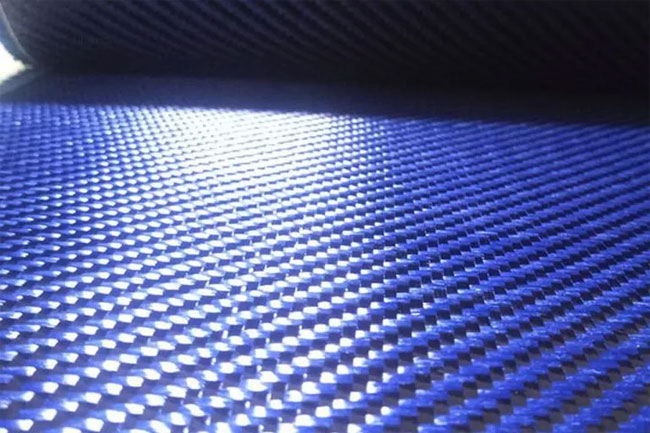Chinese researchers have developed a conductive carbon material that can be folded 1 million times without structural damage. The study was published in the journal Matter.

Super-foldable conductive carbon material with layered nanofiber network structures.
Foldable electronics and portable devices are gaining popularity and becoming a focal area of research.
Current foldable phones on the market utilize a single hinge, limiting their ability to fold in various ways, while some portable electronic devices face shorter lifespans due to repeated folding. These devices require conductive materials that can withstand multiple folds.
Inspired by the cocooning process of silkworms, researchers from Donghua University have produced a super-foldable conductive carbon material with layered nanofiber network structures. These structures feature appropriate pores, non-crosslinking connections, sliding nanofibers, and layers that can separate, compress, and interact to create a foldable structure.
This material can endure 1 million folds without structural damage or changes in conductivity.
This research also opens up prospects for the development of ultra-flexible electronic devices.


















































